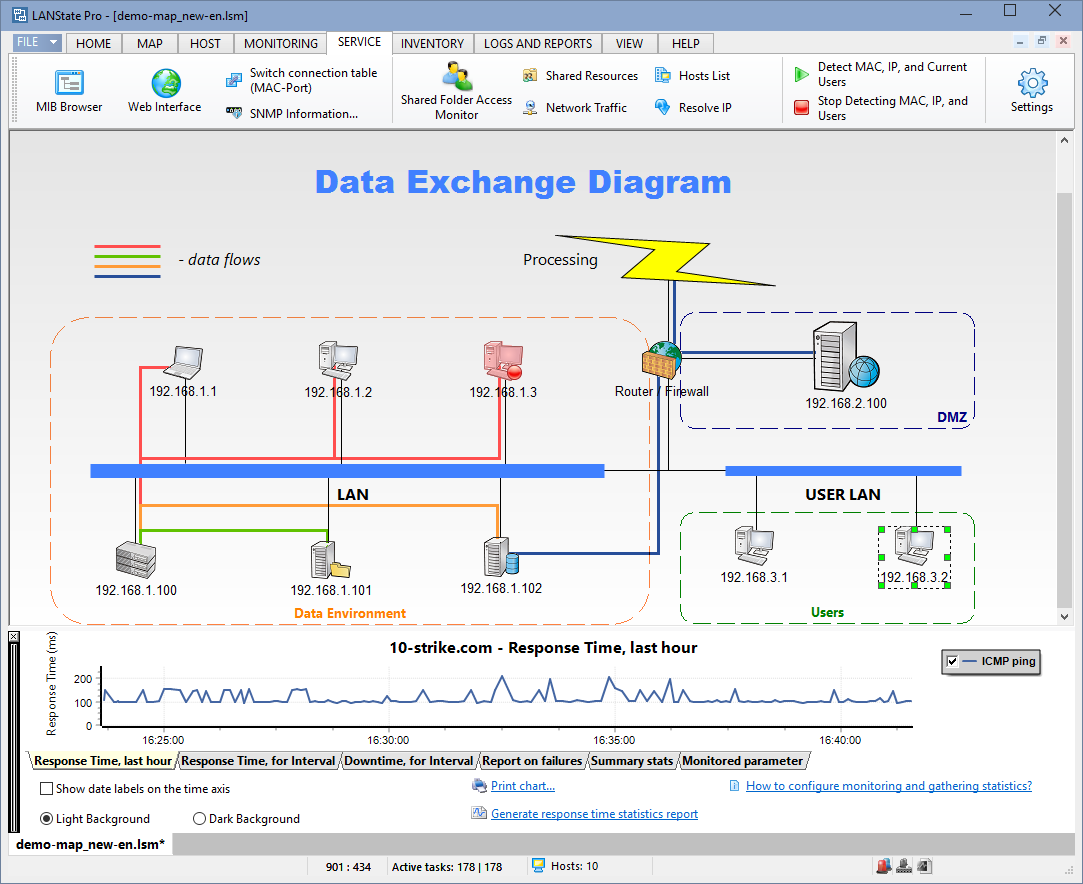
If the company is growing, and there are plans to expand the size or complexity of the network, organizations should consider choosing a network topology that can be more easily modified. Other considerations are performance needs and redundancy requirements. IT leaders have to gauge whether a chosen topology is suitable for the network's purpose, such as the size and scale needed to meet business goals as well as the available budget.

What needs to be considered when designing network topologies? It can help network administrators identify where new nodes are needed and which ones should be monitored, upgraded, or replaced. A topology diagram also offers a clearer picture of network functionality. A diagram provides a useful reference point when troubleshooting problems. The programs usually have pre-built templates, as well as symbols for common network elements like routers and switches.īy diagramming the network, you can see how information moves across the network-and you can identify (and avoid) possible bottlenecks for data traffic.
#NETWORK TOPOLOGY MAPPER FREE SOFTWARE#
Network topologies can be sketched out on paper, but it is easier to use software programs that are purpose-built for network diagramming. While the logical network uses the physical connections for data transfer, the actual flow of data is defined by the logic not the physical connections. Logical (or overlay): This shows how data flows within a network and from one device to another, regardless of the physical connections among devices. Physical (or underlay): This maps the actual connections in a network, such as wires and cables and the placement of various components. Network topologies are generally arranged in two ways: What kinds of network topologies are there? Better efficiency, in turn, helps reduce costs for maintenance and operations. With a properly managed network topology, a business can improve the efficiency of its data transfer. When the right topology is chosen for a business's needs, it is easier to locate faults, troubleshoot and fix problems, and share resources across networks.

A well-planned network topology enhances the user experience and helps administrators maximize performance while fulfilling business needs.


 0 kommentar(er)
0 kommentar(er)
